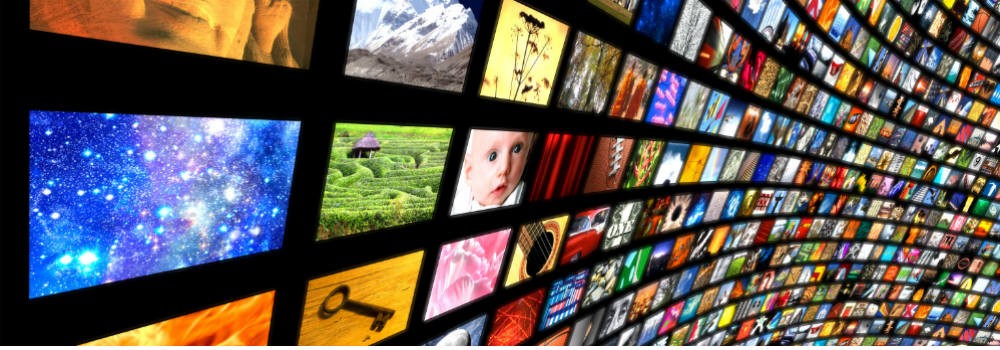The Century of New Media
How advertising, mediums, and funding affect how we consume media
By Lindsey Addawoo, Staff Writer
We’ve been seeing them for years now. Futuristic ads on television screens for technology we have yet to comprehend, but we’re still blown away by its shininess. New Apple software. New smartphones. New updates for the newest products that need bugs fixed. And their slower “competitors” that have a hard time keeping up, like Microsoft.
They’ve been around since the consumer age of the 60s.
New technology often leaves us with a slight emptiness and craving for more, mixed with a bit of agitated anxiety to remain relevant in today’s ever-changing current. In essence, it would seem analog people have no place in a digital world…or do they?
Mike Kasprow of the advertising company Trapeze calls it the “more things change syndrome.”
“We think things have changed dramatically, but fundamentally they have stayed the same,” he says, while demonstrating some of Apple’s first generation computers from the 80’s in comparison to today’s.
And like traditional journalism, online media has outnumbered and overtaken print. Many mainstream newspapers have resorted strictly to an online presence; creating websites, Twitter accounts, and Facebook pages to keep up with their respective readership. Others, like Gawker and Thought Catalog, were created through their own online websites and specifically designed for those who consume media through the web.
The digital world has resorted to various streams of online journalism, and as expected, is starting to replace traditional print media like newspapers.
Surprising?
Not really. Our technologically driven society made the shift years ago to incorporate new media (i.e. Internet, at the time) into financial and social prowess. Online content meant faster spread of information that was able to reach a much wider audience (versus print circulation in specific areas), and the introduction of inclusivity with its readers.
The question media analysts are probably better off asking, is why on earth it took so long? We know the obvious benefits of online news consumption, but just how realistic is it for newspapers?
It depends on the type of news outlet and its demographic. In terms of readers, prestigious newspapers like the New York Times or the Washington Post already have invested readers who wouldn’t mind paying the extra dollar for quality content. Niche newspapers like the Wall Street Journal often provide insight on specific financial news that can’t be aggregated from other newspapers as well.
As much as newspapers would like to believe it, revenue from corporate sponsors, subscribers, and advertising simply cannot be made up with digital paywalls. For smaller, start-up media outlets this is especially problematic. Not many readers are willing to pay for information easily accessible on various other sites free of charge.
The question then is: what exactly are readers paying for? The New York Times is highly acclaimed for its editorials and investigative journalism, often exploring issues of public interest in great depth.
In Ontario, newspapers like the Toronto Star, one of Ontario’s largest newspapers, have an online website widely accessible to the public. It features entertainment, business, sports, lifestyle and other main areas of interest on its main page. According to the Toronto Star journalist Bob Hepburn, newspapers like the star are first and foremost media organizations, not electronic print.
“[The Toronto Star’s] background is in print, and now more and more in digital,” says Hepburn. “It is the future.”
But not all quality news outlets need to charge for content. Canadian news organizations like Global News, that are backed by their TV brand, are financially sound enough to fund digital expansion, dismantling the need to charge service fees.































Share the post "The Century of New Media"